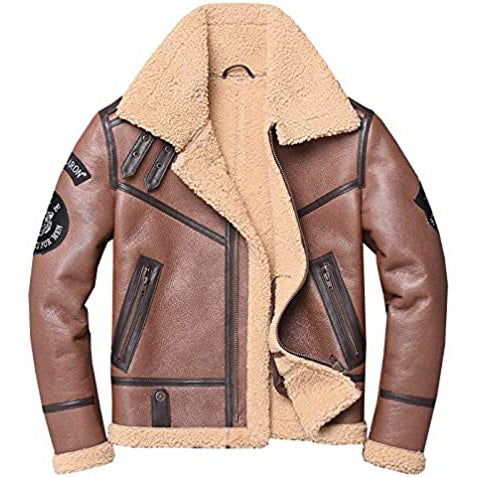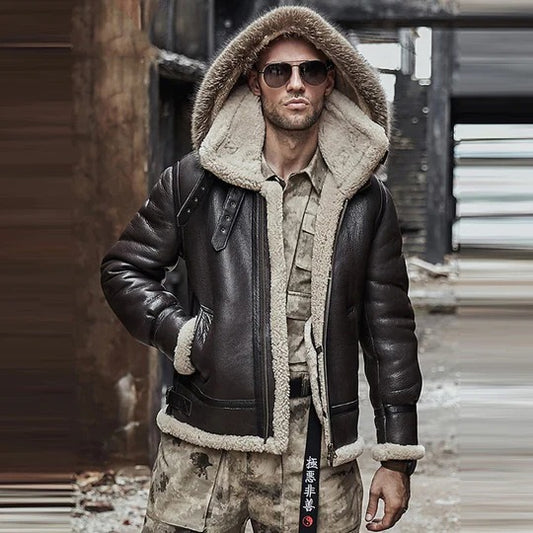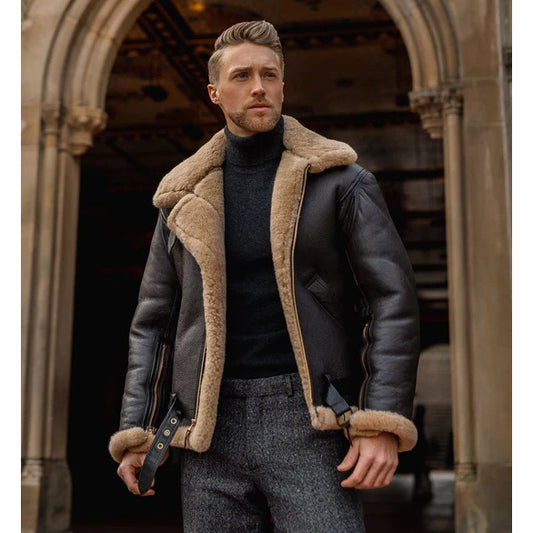The Evolution of Punk Fashion
The punk aesthetic has endured as a representation of disobedience, uniqueness, and nonconformity. The punk movement had a lasting impact on the fashion industry from its inception in the 1970s to the present day. With a focus on its history, essential components, and effects on the fashion industry, this blog post will examine the development of punk fashion in great detail. Come along on this thrilling voyage as we explore the fascinating history of punk fashion.
Origins of Punk Fashion:
a. The punk movement began in the 1970s in the United States and the United Kingdom, where punk fashion's roots can be found. It was a reaction to the historical, social, and political environment.
b. Influences and Icons: The Teddy Boys, Mods, and Garage Rock subcultures were among the many subcultures that inspired punk fashion.
c. Early Punk Fashion: The early punk aesthetic was typified by DIY aesthetics, band t-shirts, safety pins, and torn clothing.
Key Punk Fashion Elements:
a. Vibrant Hairstyles: Unusual hairstyles, like brightly colored or spiked hair, were a crucial component of punk attire.
b. Unique Clothes: Punk style welcomed disobedience and nonconformity. Popular apparel included DIY personalized outfits, torn jeans, band t-shirts, and leather coats.
c. Adornments and Accessories: Band patches, chains, studs, and safety pins were frequently utilized to adorn punk clothes.
The New Wave and Post-Punk eras:
a. Combined with glam rock and gothic fashion elements, are examples of how punk fashion evolved in the late 1970s and early 1980s.
b. Crossovers and Subgenres: Just as punk music evolved, so did its aesthetic. For example, Hardcore, crust, and pop punk had distinctive aesthetics.
c. Resurgence and Influence on Mainstream Fashion: In the 1990s and 2000s, punk fashion saw a resurgence, and mainstream fashion designers began adding punk themes into their collections.
DIY and Individuality:
a. Punk fashion disrupted conventional fashion ideas and encouraged people to express their uniqueness via clothing. DIY and Individuality's Impact on the Fashion Industry.
b. Impact on High Fashion: Renowned designers and fashion houses have been affected by punk fashion's rebellious spirit and distinct aesthetic.
c. Street Style and Global Influence: Punk fashion has influenced urban fashion scenes worldwide, permeating street style.
The Contemporary Interpretations of the Modern Punk Fashion Scene:
a. Modern punk fashion is still evolving, with fresh interpretations fusing traditional punk components with modern trends.
b. Sustainability and ethical fashion: Punk fashion promotes a DIY and upcycling culture, which aligns with the rising desire for sustainable and ethical clothing options.
c. Online Communities and Platforms: Social media and the internet have been very helpful in uniting punk fashion fans and spreading fashion ideas.
Conclusion:
The development of punk fashion is evidence of its enduring appeal and capacity to reinvent itself throughout time. Punk has had a lasting impact on the fashion industry, from its rebellious beginnings to its effect on mainstream fashion. Punk fashion inspires and gives people the confidence to express their distinctive style by embracing uniqueness, nonconformity, and a DIY mentality. Discover the punk fashion scene and make your audacious statement!





